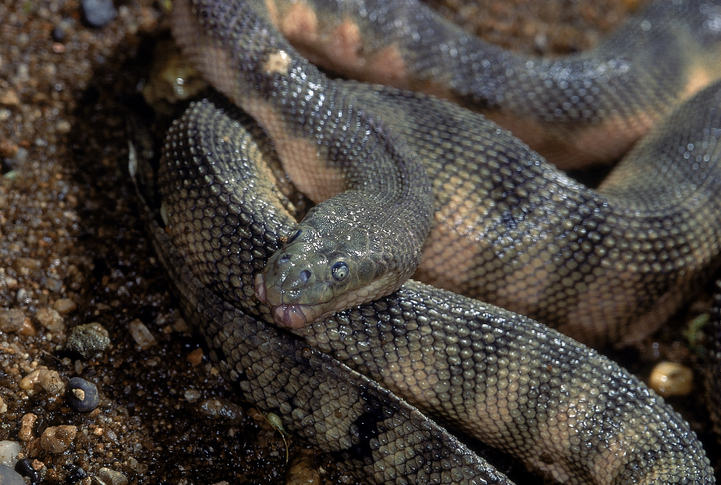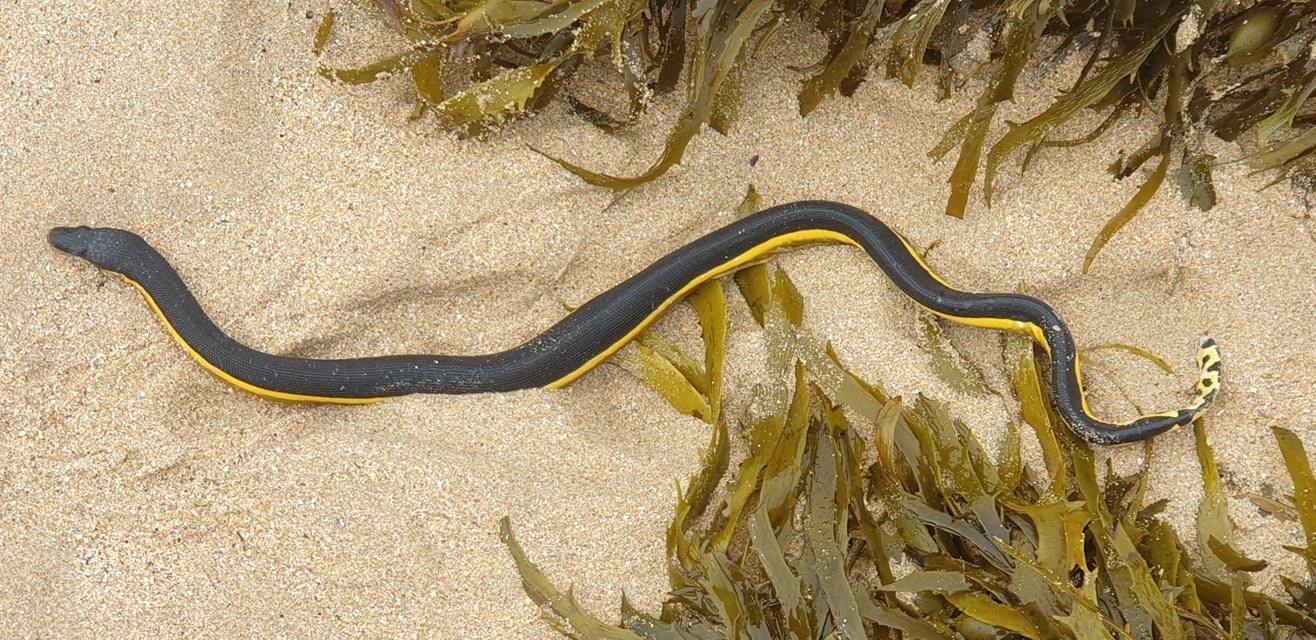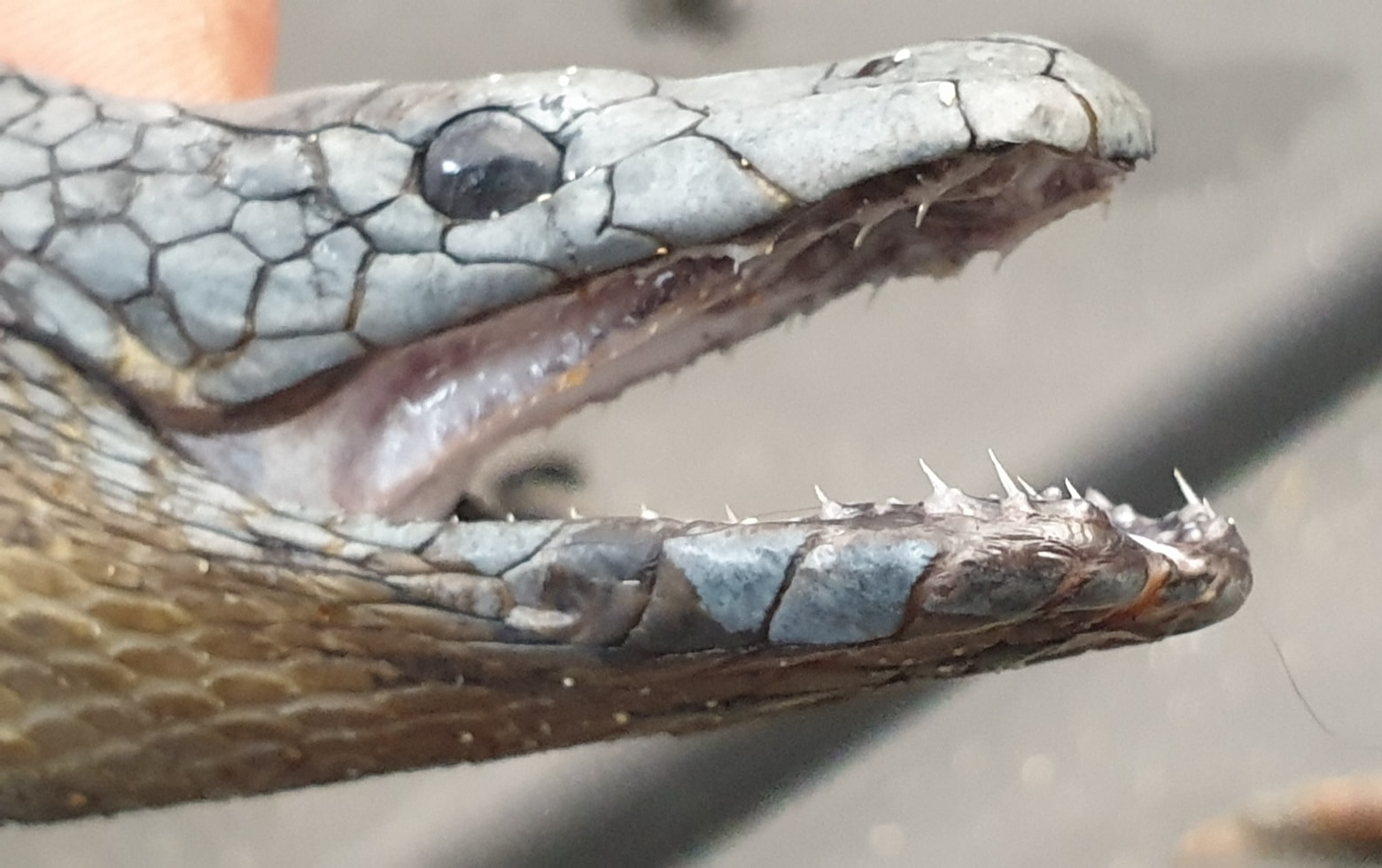A snake catcher has warned storms and rough surf could lead to sea snakes washing up along the east coast of Australia.
Sea snakes are far more venomous than land snakes, including Australia's infamous inland taipan and eastern brown snake; number one and two respectively on the deadly land snake index.
Just 1.5 milligrams of venom from the hook-nosed sea snake is estimated to be enough to kill 22 people. It's considered the most venomous snake in the world and is found is found in the ocean off Australia, New Zealand, and Asia.
READ MORE: Six tiny eastern brown snakes released into wild in dangerous mission

Sean Cade, owner of Australian Snake Catchers, said residents on the east coast don't need to worry about the hook-nosed too much, as the most common species to wash up are the yellow-bellied sea snake, the olive sea snake and the elegant sea snake.
All are highly venomous, but not more so than the hook-nosed.

"Always call a handler if you find a snake on the beach — with storms and the influx of water it could potentially push species closer to shore," Mr Cade said.
"Sea snakes only come onto land when they're injured. People think, 'it's a sea snake oh easy, just needs to be popped back into the ocean', but often they need help.
"Barnacles on sea snakes are a common sign one is unwell."
In December 2020, Mr Cade assisted with the rescue of two yellow-bellied sea snakes at Kurnell near Cronulla.

One unfortunately died before his arrival, but that allowed him to photograph the position of the snake's fangs.
They are set back further in their jaw and are bigger than their land-based counterparts'.

Mr Cade said this is part of the reason why sea snakes are so deadly.
"Being underwater the venom gets diluted, so it has to be more potent," he said.
"The way the jaw has evolved allows for more venom to be delivered.
"They deliver more venom volume as the teeth are set back, allowing them to grip down harder. This also prevents slippery prey from escaping.
"It takes so much more effort for sea snakes to catch fish."
